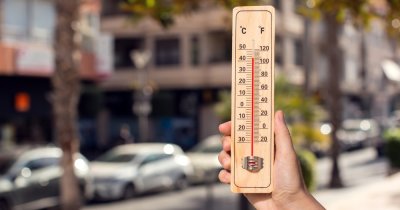As per Euronews.green, the findings revealed that Nordic cities occupying most of the top spots, with Copenhagen and Oslo being two of the top contenders in the 42-cities ranking. Paris was also among the European cities who are doing their best when it comes to fighting air pollution, while Amsterdam and Hamburg are fourth and fifth, respectively.
Experts at the Clean Cities Campaign, who did the research, concluded that Granada in Spain, Dublin and Greater Manchester were among those who do the least to combat pollution in their areas.
Besides the two criteria mentioned above, the number of ride-sharing services offering electric cars and low-emission buses were also taken into account greatly.
Barbara Stoll, the director of the campaign, said that "we think that these are very important criteria, but this is not a full picture.
Low emission zones and areas with limited traffic are also two good ways a city can improve its pollution-fighting infrastructure, in her opinion. Restricting or forbidding the entry of fossil-powered cars in downtown areas can also prove very effective when it comes to improving air quality in large urban areas.
London is one city that takes action in this regard, as officials there are expanding the Ultra Low Emission Zone to all of the capital's neighborhoods. All cars who don't qualify as very low emission vehicles will have to pay a daily fee of 14.5 euros to drive through these roads.
Simon Birkett, head of the Clean Air in London group said that "low emission zones do lead to health benefits and in particular reductions in hospital admissions, heart attacks and strokes. So there are very clear health prizes for us to win here if we continue down this route."
More European cities could benefit from such a move, as it was found in 2015 that low-emission zones can reduce the amount of nitrogen dioxide, but also of PM10 particles, very dangerous pollutants which pose a threat to our respiratory system.
 Mihai - Cristian Ioniță
Mihai - Cristian Ioniță












Any thoughts?